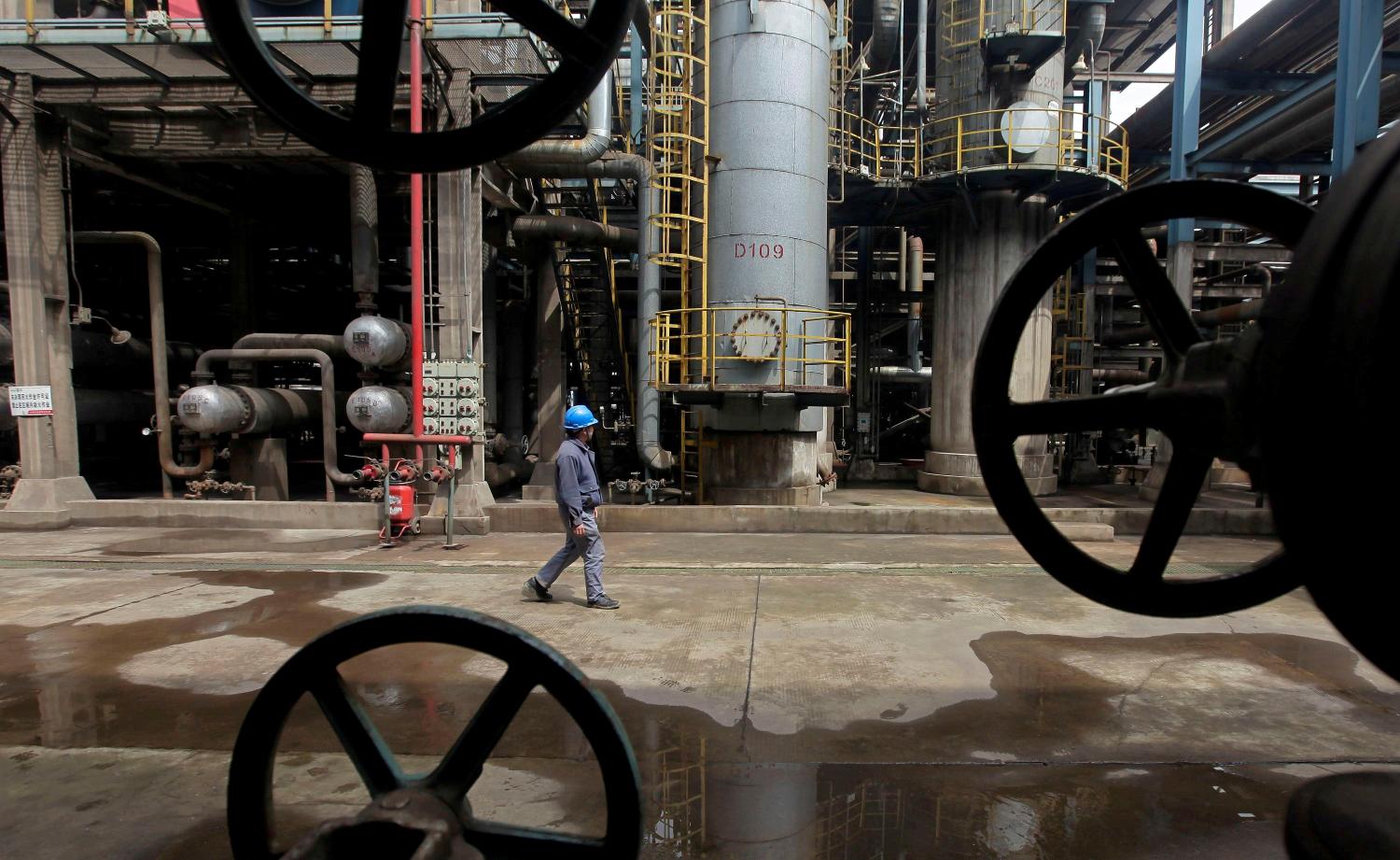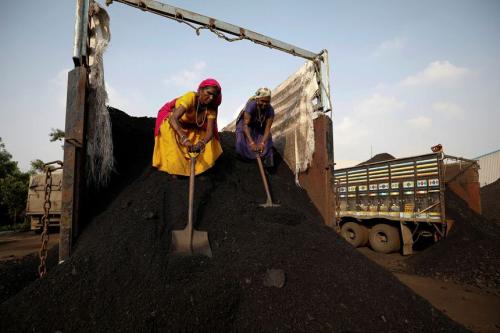EXECUTIVE SUMMARY
China and India represent the future of oil demand growth, as demand in OECD countries declines. The low oil and gas prices of the last two years have generally been beneficial for India, but have posed more challenges for China, which focused its energy policy in recent years around the assumption that oil and gas would be expensive and scarce. Low prices have been hard on China’s domestic oil industry, which faces rising costs in its aging oil fields. China’s national oil companies are shifting their strategy from a dash for resources, wherever they are found, to a focus on countries and projects tied to the One Belt, One Road (Belt and Road) initiative. On the other hand, India doesn’t have much of an oil industry to lose, so low prices have brought economic benefits, even easing the burden on the population of removing government transportation fuel subsidies. China and India are in more similar situations with respect to natural gas imports, but even there India has been better positioned to take advantage of lowpriced spot liquefied natural gas (LNG). China’s focus in recent years on securing oil and gas reserves, through investments and long-term contracts, did not anticipate the extreme price decreases that have occurred, leaving China less able to take advantage of the new market conditions.




